The power couple of Hungarian music scene, Barnabás Kelemen and Katalin Kokas, celebrate the return of post-lockdown life with a Béla Bartók marathon. The violinist husband and wife play every single violin quartet by Bartók (the first part was on 20 May and the second will be on 23 May) with their band, Kelemen Quartet, that is back after three years of break. Their partners will be another couple, Greek violinist Jonian Ilias Kadesha and English cellist Vashti Mimosa Hunter. The first violinist will be Barnabás Kelemen, whereas Katalin Kokas will play the viola this time.
“The six quartets are the essence of the life work for Bartók; the genre plays the same role for him as for Beethoven or Haydn. And I live here, in the same milieu where they were created, the music of Bartók is truly my native language”
– Barnabás Kelemen said a few years ago.
It is an eternal question for Hungarian fans of music whether it is possible for foreigners, who haven’t grown up with Hungarian folk music, to play Bartók. Is his musical world, the emotional-cognitive surplus, the tradition experienced in Hungary, the historical and cultural heritage, understandable for those who haven’t been socialised in it? The answer is: as hard work as it might be, it is definietely not impossible!
Simon Rattle and the London Philharmonics have, for instance, played the Concerto in the Müpa in such a way that it was followed by minutes of intense applause. It featured all that pain, nostalgia, passion, and temperament that Hungarians can surely relate to, yet it also has universal aspects.
For this reason, Bartók fans and chamber music fans can appreciate this series a lot, seeing how a Greek and an English artist can bring new shades, emotions and ideas to an interpretation based on a first violinist raised in the musical culture of Bartók, and his wife who is his musical and private other half.
Bartók wrote the first violin quartet at the age of 28, in 1909. It was a melange of motifs from the first violin concerto that he wrote to his lost love, Stefi Geyer, and melodies taken from his folk music collections. The second violin quartet in expressionist style was born from the pain and experiences of the first world war, and the third and fourth synthesize influences of modern European music.
The fifth was the only one that Bartók wrote for commission. Pianist and financial supporter Elizabeth Sprague Coolidge ordered it and played in 1935 in Washington for the first time. It has a wide range of elements from grotesque to coral-like, also featuring expressive melodies. The sixth and last violin quartet is the last piece that Bartók finished in Hungary before emigrating to the US. Its premiere was in 1941 in New York.
Even though the pandemic is almost over, concerts are still in the online space, which is a very hard task for musicians: they cannot receive the energy flowing to them from the audience and they cannot receive immediate responses. But as an online audience, we can be happy to see so many little details, thanks to the cameras, that we wouldn’t be able to spot from far away in the concert hall. Four people consisting of two couples breathing together will surely be a very intimate experience, with every little vibration worth noticing.
Entrance to the Bartók Spring virtual concert hall is free!
Article: Zsuzsanna Deák
Translation: Zsófia Hacsek

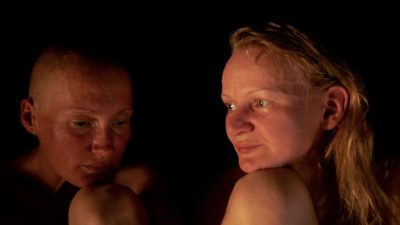
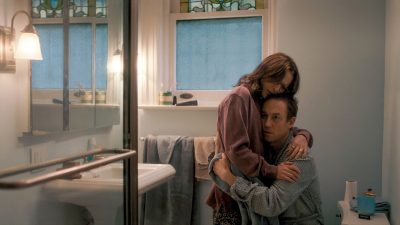

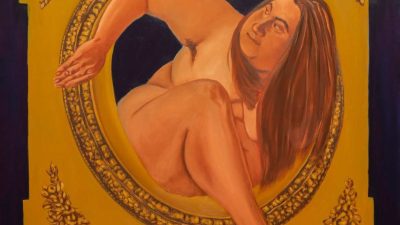
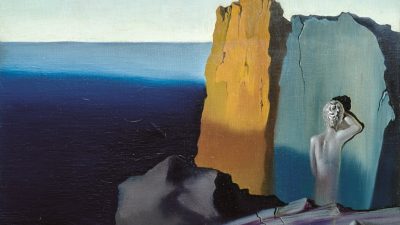



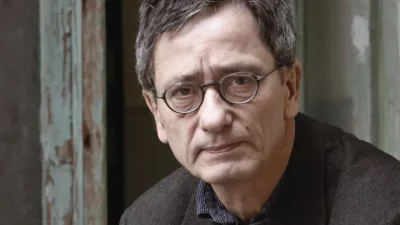



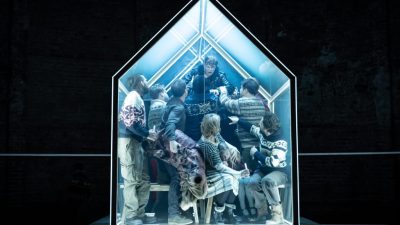






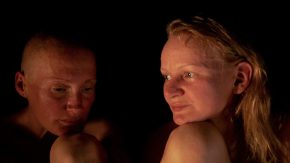


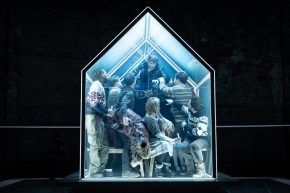


Comments